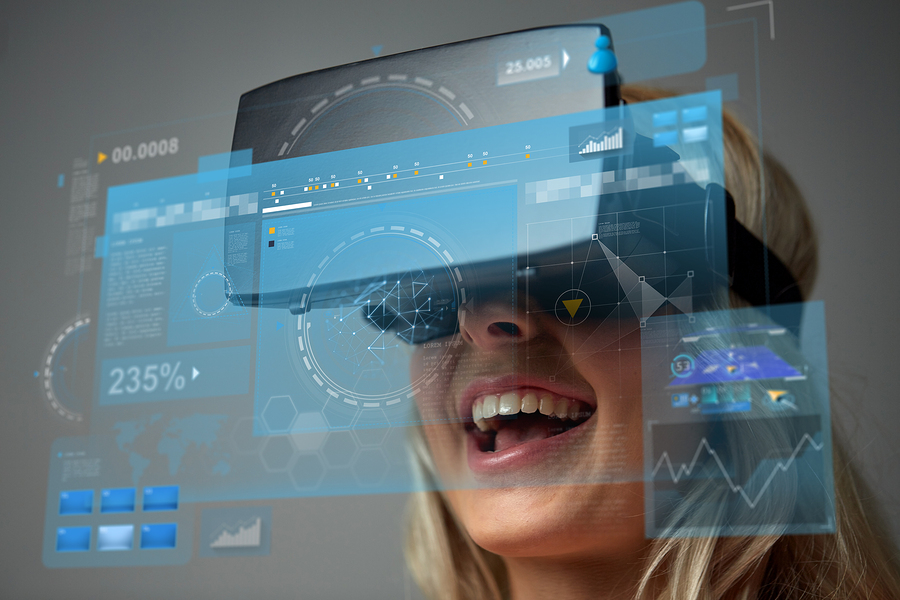Virtual and augmented reality has well and truly reached top speed since the well-known Sensorma of the 1960s that let you have your first immersive experience and the Eye Tap of the 1980s whose monocle displayed virtual information. Today, this market, with a potential of 120 billion dollars, resonates particularly well in the aeronautics and aerospace sectors. Assembly, wiring, maintenance, training… all the trades seem to have succumbed to it.
Education and training
Many equipment manufacturers use this form of simulation (virtual reality) to train their pilots or astronauts. As an example, Boeing will use virtual reality to teach its astronauts the complex operation of the CST-100 Starliner capsule. This process is not only less costly, but also more practical than the traditional physical simulator (TPS). Astronauts will be able to learn how to dock the capsule to the International Space Station and review, after having been in space for six months, the method for reentering the atmosphere. For its part, AFI KLM E&M has been working with Microsoft so its HoloLens mixed reality headset can offer its staff shorter and more effective training thanks to virtual and augmented realities (application of virtual objects in a real world). Thus, these technologies allow learners to work in a wide range of scenarios, to be able to repeat movements until they have perfect mastery of the gesture and ultimately to be trained without the risk of damaging a part or system.
Assembly and maintenance
Virtual and augmented realities are also highly valued for wiring, detection of outages in electrical systems and for MRO (maintenance, repair and overhaul) operations. Airbus electrical engineers estimate that they gain 25% in time required to install wiring, thanks to the HoloLens goggles – which lets them see the different parts of a virtual wiring harness superimposed on the upper part of an aircraft – and to their hands-free augmented reality orientation system. The manufacturer Safran, for its part, has developed an application that uses augmented reality for maintenance activities of carriers and aeronautical maintenance companies. There’s no more need to completely reverse engineer an aircraft to find out what part of a 70 metre long cable is faulty. With this new technology, the location is directly indicated on the operator’s screen, allowing him to disassemble just one panel to make the repair. As a result, the aircraft’s downtime is reduced by five… a reduction of final maintenance costs and a significant saving of time for operators (an end to the hundreds of hours per person spent each year on aircraft equipment maintenance procedures). Satellite manufacturers are also saving time. Thanks to augmented reality, it only takes a few minutes – instead of a few days – to assemble a significant number of components that used to require metrology, printing and cutting techniques.
As often happens, major technological innovations come from the military. Augmented and virtual reality are a response to the problems encountered by fighter pilots in their cockpits. So, can we expect that the latest projects from NASA – the virtual space station – which aims to improve the mental state of astronauts, will have an impact on human behavioural health?
